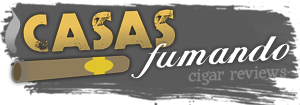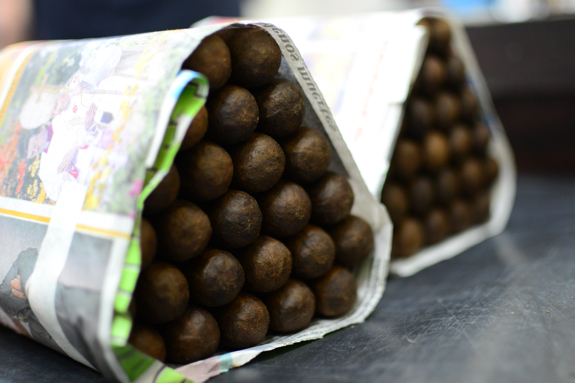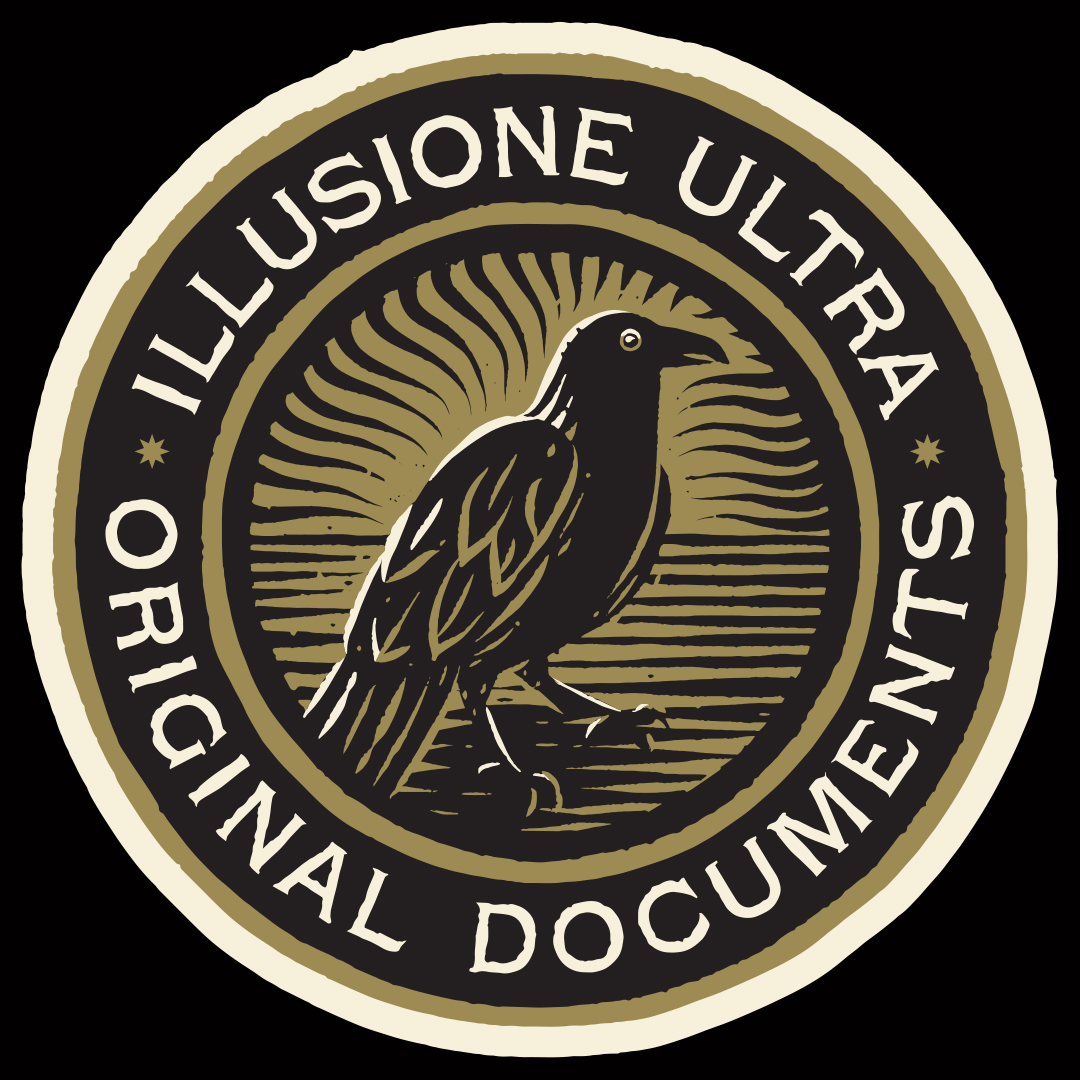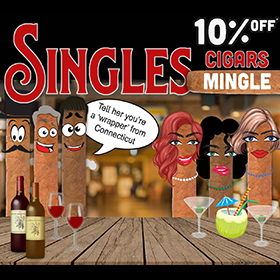Event Coverage
Drew Estate – Cigar Safar 2012 – Blogger Trip Day 2
Here we are, Day 2 of the Drew Estate blogger Cigar Safari trip in Nicaragua. If you missed day 1 you can check it out here. Now let’s get right down to it shall we?
After a full night’s rest we enjoyed a quick breakfast at the hotel and then it was off to Esteli. It was roughly a two and a half hour bus ride to Esteli. I started the morning off with a Joya De Nicaragua Cabinetta, possibly one of my favorite morning smokes. I was quickly chased off that cigar while Jonathan Drew shared some “Thank You” prototype cigar they had created with us. I don’t know too much about the blend or it’s purpose, but it was badass. Really badass… Anyhow, the bus-ride took us through the city of Managua, the countryside, and the city of Esteli. I was blown away by the amount of loose cattle along the way. The highway was full of drifting cows and horses, not to mention people who just crashed out and napped under random shade trees. The ride was long, and scary at times as we were doing 80mph up a twisty mountain-side highways, but we arrived at the Drew Estate factory in Esteli in one piece.
The city of Esteli is actually quite pretty. Modest, and on the lower class end, but the people where happy as they hustled through the colorful streets. Almost every corner had a mess of kids playing soccer or running through the streets. We hung out at the resort-side of the factory for a few hours. Checked out the pool, the rooms, the patio, and an awesome clubhouse all overlooking a river valley.
After the brief introduction to our home for the next two days we settled down for some lunch. I can’t quite remember what we ate that afternoon, but everything we had at the Drew Estate facility was just ridiculously delicious. Serious. Five Star, professional Chef-style. Along with out food we were introduced Drew Estate President Steve Saka, Alejandro Martinez Cuenca – the man behind Joya de Nicaragua, as well as two new cigars I hadn’t heard of pre-Cigar Safari. The Liga Privada “Black Rat” and the “Big Black Rat”. Saka basically said the blend was based off the Dirty Rat with a slightly tweaked blend including a much darker, lower priming wrapper. The interesting thing is as we were smoking them together, we had all talked about how the cigar tasted much more similar to the No. 9, and less like the dirty rat. Saka agreed. He agreed so much that the next night he actually handed us a few more of the same blend, only with a new name “LP 9 Pequeno”. I’m not sure if these cigars will ever hit the market, but we can only hope. One thing that’s hard to overlook at the factory is the crazy artwork at every turn. Seriously, every corner, crown, baseboard, wall, everything has crazy amounts of artistic attention.
Anyways, after lunch we took a tour of the Drew Estate factory hosted by Jonathan Drew and Steve Saka. Despite being a big scary guy, I must say, Saka is a sweetheart and one of the most knowledgeable people I have ever met. Not just about the cigar industry, but about all things. He’s like a big, nerdy, sweet, teddy bear. Anyhow. We started in the board room where they guys passed out another new blend, the “UF-13 Dark” and told us all about the Drew Estate history. A few things that I totally admired about the company was the incredible way they treat their employees. They told us about a benefit that all Nicaraguans receive at work called the “13th Month Bonus”. Basically, once you complete 12 months of employment you receive a bonus month of pay. That bonus decreases over time and by the 8th month, it is no more. Most employers in Nicaragua get around the policy by firing their employees before their 12th month just to re-hire them. At Drew Estate, not only do they pay them the full 13th month bonus, but the pay them that every year no matter how long they have been with the company. Along with that, they offer lots of other benefits unheard of in the country, such as life insurance. Not to mention they actually have disabled workers in the factory. One guy didn’t have any arms, and we spotted a blind gentleman loading cigar boxes into bulk packages to be added to containers. They really are out for the best interest of the city and rightfully so, Tobacco is one of the top 5 items that carry the Nicaraguan economy.
The first two things that caught my eye on the tour was the massive amount of cigar rollers they have going at the factory. Seriously, there must have been at least 300 going at any given time. (a side note on this, Saka actually explained that just about all of his rolling staff enters the company fresh. They don’t like to get rollers that have worked at other companies before as they are likely to carry over habits they learned. Every factory does things differently and Drew Estate is interested in teaching their employees their way from the ground up) Secondly, the entire staff was much younger that I expected. Saka actually pointed out that there are condom stations in the facility to promote safe sex. Needless to say the one we saw was dead empty, even though it was filled earlier that morning. Another thing I noticed was the employees were so happy, laughing, smoking, joking. It’s not something I had seen before. Another interesting note was there were very few bunchers using Liebermans (press machines used to assist in the bunching of cigars). They actually try to ween them off the machine until each and every cigar is rolled 100% by hand. This isn’t the case in most factories, but it helps in the Quality Assurance area as it forces more accountability on the bunchers. We watched the rollers roll quite a few cigars including the infamous EGG and Medusa. We even got to smoke newly bunched feral pigs before being put into molds, pre-wrapper. What a difference. Seriously. The cigars was crazy loose, pepperbomb powerhouses. I couldn’t even get halfway though mine.
Next we headed into the Quality Assurance rooms. Drew Estate actually enlists a computerized system that includes bar-codes that get scanned every step of the way. This way they can track each team of rollers and bunchers to address any problems that they have. These bar codes actually follow each bunch of cigars all the way though the creation process until they hit the color sorting tables. If there is a problem they can track it down to each and every employee that touched that bunch of cigars. This enables Drew Estate to crack down on inconsistencies quickly and address them. Pretty high tech.
We visited room after room of cooled cigar storage rooms. These areas are cooled so that the cigars will get a change to de-humidify a bit before being packaged. As we learned in the sorting process, the tobacco has to be wet and shaken out in order to separate the leafs before sorting. This also helps remove any excess ammonia left in the leaf. Needless to say the tobacco will stay pretty moist from that point forward. We also spent some time in packing. Basically, we got a tour from the time the raw tobacco hits the factory, and the finished, packaged cigars leave. We even got a look into the blending process as we took a detail-oriented blending seminar with Jonathan and Saka in which we got schooled on the different regions, tobaccos, farms, and even blended our own cigars. I haven’t tried mine yet as I have been way too sick, but I can only imagine it’s pretty terrible.
After the tour we had dinner, then headed up to the clubhouse for some drinks. We were then joined by some very special guests, Pete Johnson from Tatuaje Cigars, Gary Griffith from Emilio Cigars, and Jose Blanco along with his fiancé. I tried to troop it out, but after a few hours and a few drinks I hit the sack. I know some of the guys actually stayed up until 4:30 that evening. I just couldn’t hang.
Check out more pictures from the day: (click each image, once you are done hit “back” on your browser to return to this page. Annoying, I know, but the only other quick option was stupid flash.)
Click Here if you rather see the image via my personal Flickr slideshow.




























































































8 Comments